
Visa and entry requirements Senegal:
Passport required
No visa is required
Information from the Foreign Office about your trip to Senegal:
https://www.auswaertiges-amt.de/de/senegalsicherheit/208190
Senegal is a country in West Africa with around 16 million inhabitants. The country borders Mauritania to the north, Mali to the east, Guinea and Guinea-Bissau to the south and the Atlantic Ocean to the west. In addition, the state of Gambia is completely enclosed by Senegal. The official language of Senegal is French and the national currency is the CFA franc BCEAO, where 1 euro corresponds to around 655 XOF.
There are different vegetation zones in Senegal. The Sahara desert extends to the north of the country, the cool Atlantic coast to the west and a tropical rainforest to the south. The country's most important river is the Senegal River, which also forms the northern border with Mauritania.
The country's largest cities include Dakar, Pikine, Touba, Guediawaye, Thies, Mbour, Kaolack, Saint-Louis, Rufisque and Ziguinchor. Approximately 90% of Senegal's residents follow the Muslim faith.
There are a total of six national parks in Senegal, which are home to, among other things, the last 300 elephants and several other endangered mammal species. These national parks attract many foreign tourists every year.
Senegal is very advanced compared to other neighboring countries in West Africa, but is still considered a developing country today. The most important economic sectors in Senegal are agriculture, fishing, tourism and the construction industry. The main exports are phosphates and agricultural products such as peanuts and cotton. The state is one of the largest peanut producers in the world.
Thanks to the rich fishing grounds on the 500 kilometer long Atlantic coast, fishing is now the country's most important economic sector and brings in around 321T3T of Senegal's export revenue. However, the entire fishing rights were sold to Japan and South Korea. After various phosphates, petroleum, gold and iron ore are other natural resources found in the national territory.
The capital of Senegal is Dakar with around 1.3 million inhabitants. The port city, located on the Cap-Vert peninsula, is the economic center of the country and the westernmost state on the African continent. The city gained fame as the final destination of the legendary annual Paris-Dakar rally.
The main attractions of Dakar include the City Hall, the Great Mosque of Dakar, the Historic Center, the Gate of the Third Millennium, the Presidential Palace, the Dakar Central Station, the Art District, the African Renaissance Monument, the Les Mamelles Lighthouse, the Roman Catholic Cathedral, the Army Museum, the HLM Market, the African Art Museum and the former slave island of Goree Island.
During my West Africa tour in July 2016, I traveled to Dakar for two days. The city has the typical African chaos, a huge volume of traffic and is largely determined by countless street vendors. Visiting the few sights is therefore quite time-consuming.
In the end, it remains to be seen that there are truly more beautiful African capitals with greater tourist attractions.
The next morning I took Brussels Airlines to nearby Gambia.

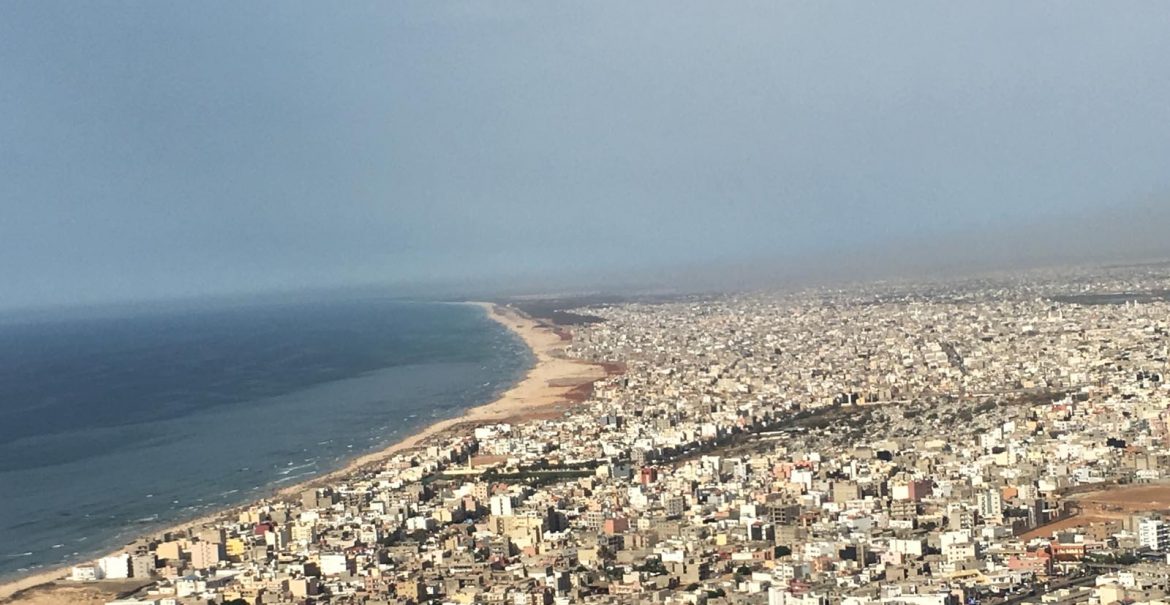
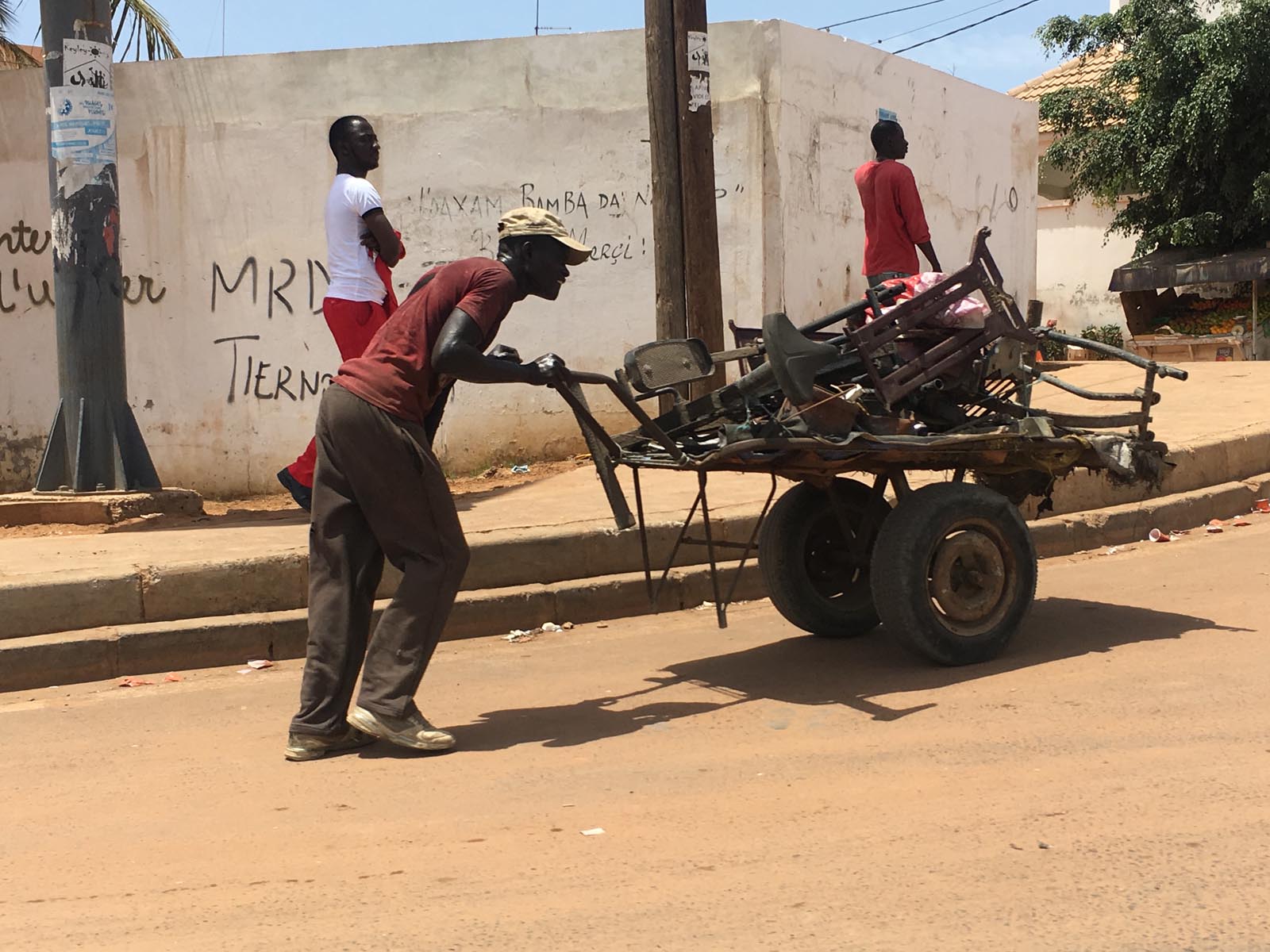
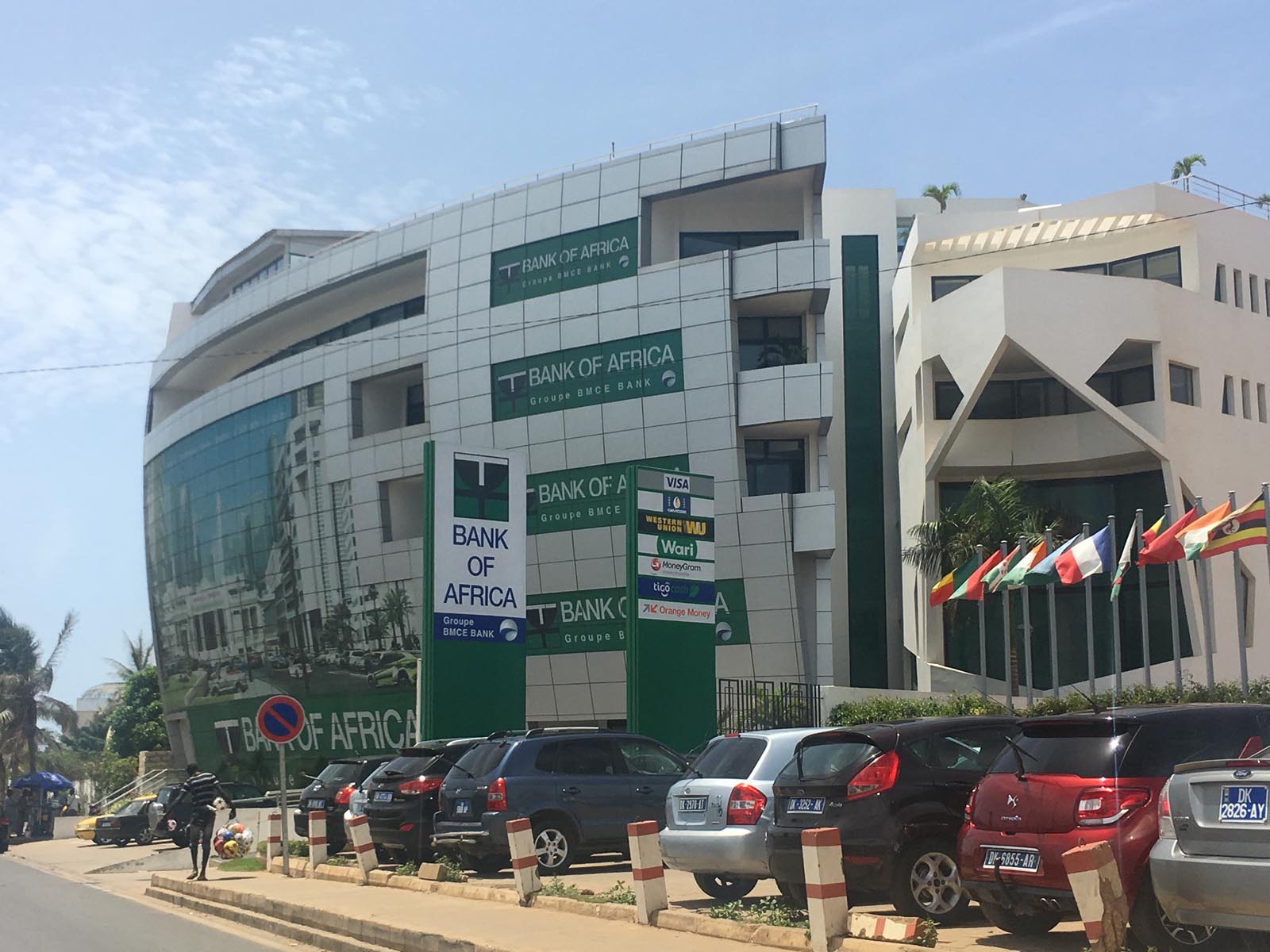
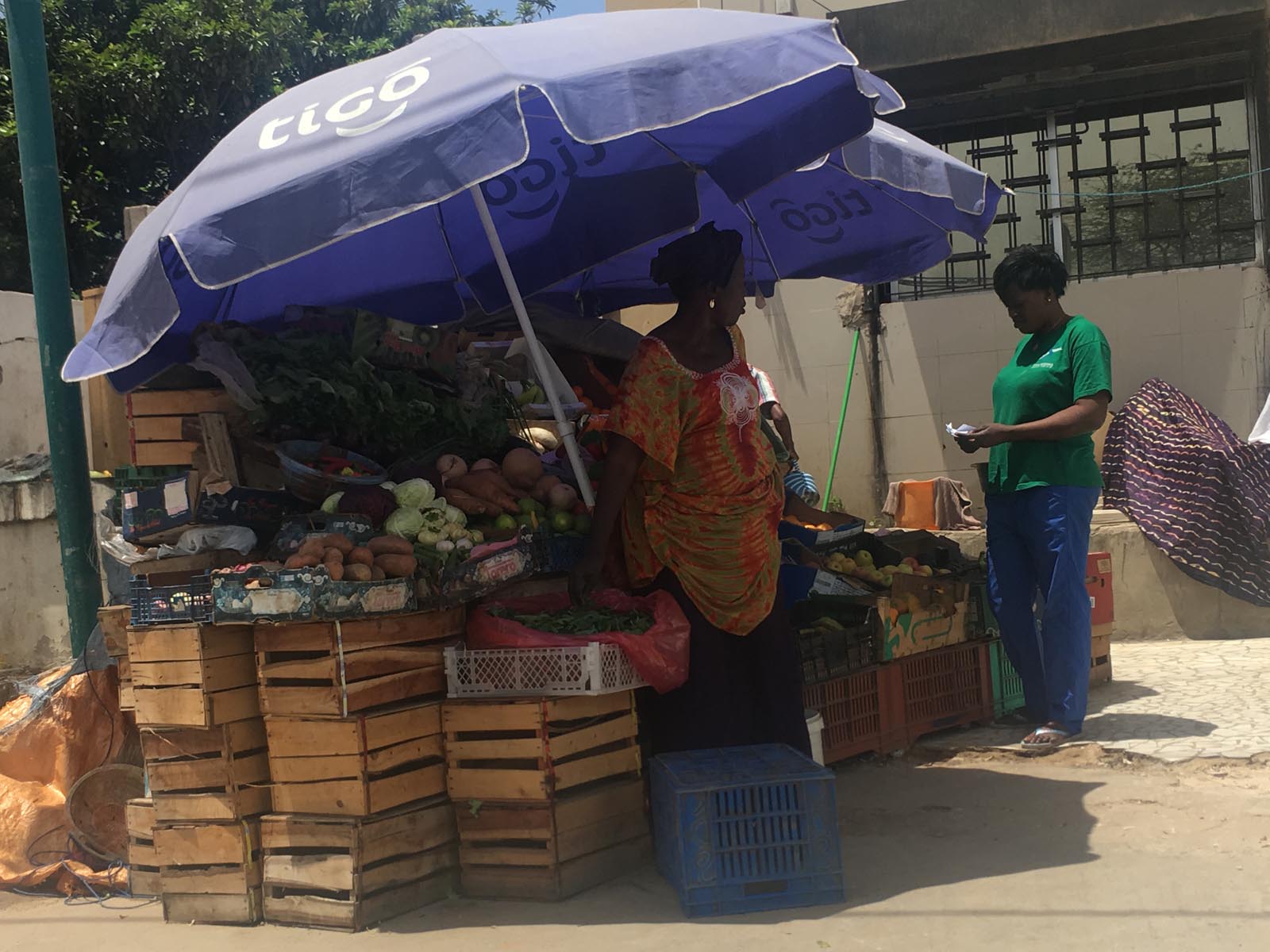
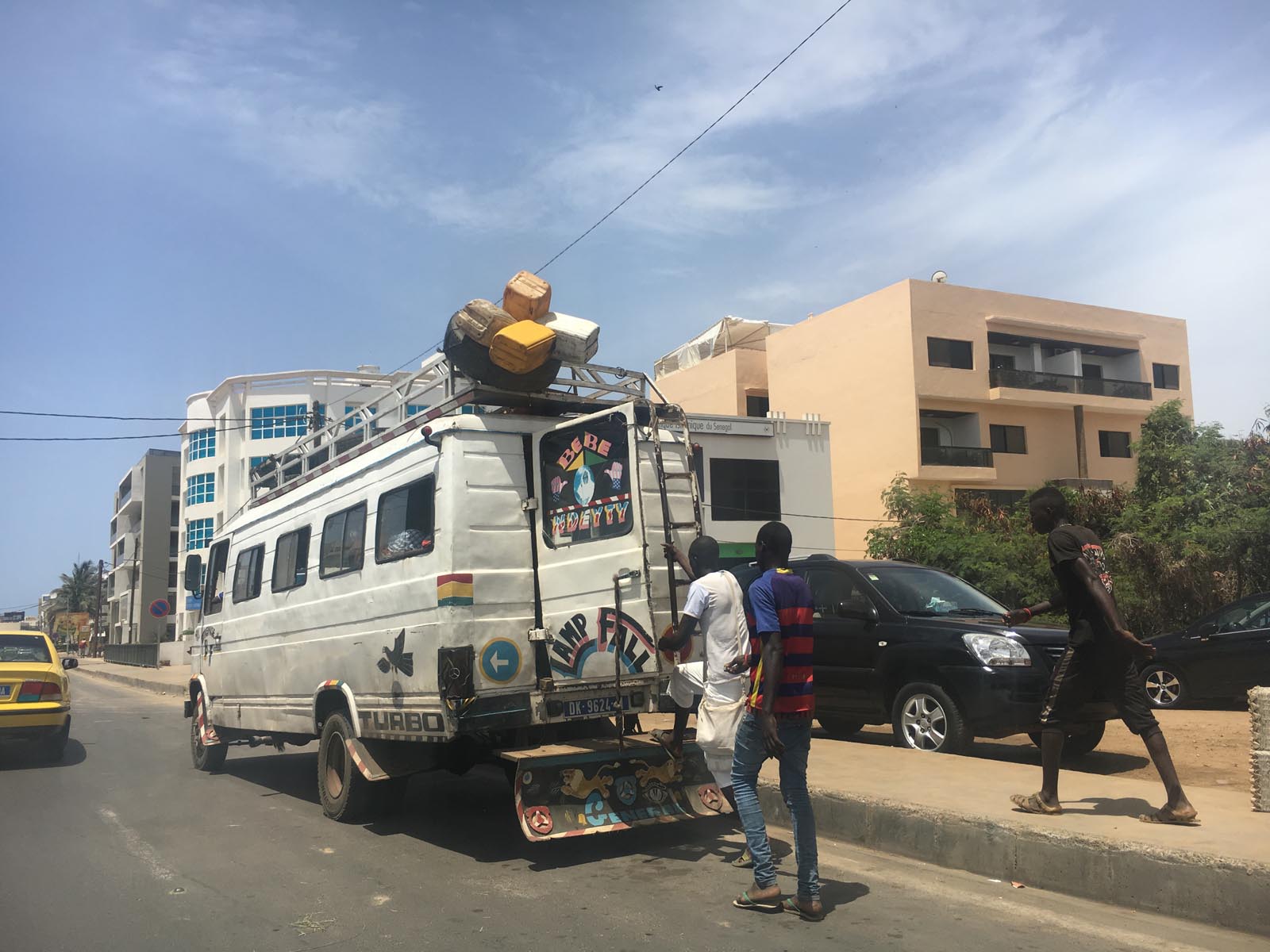
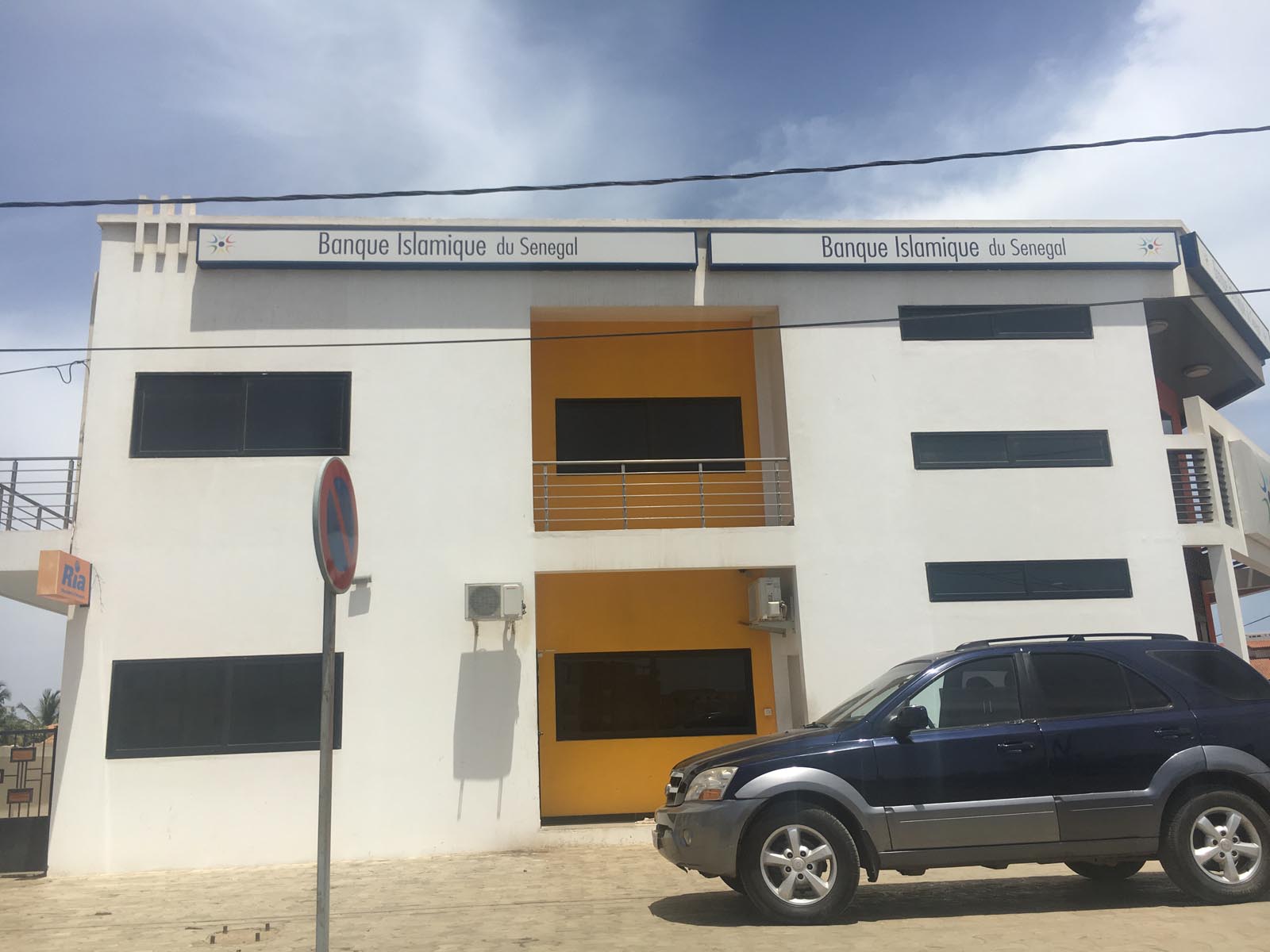
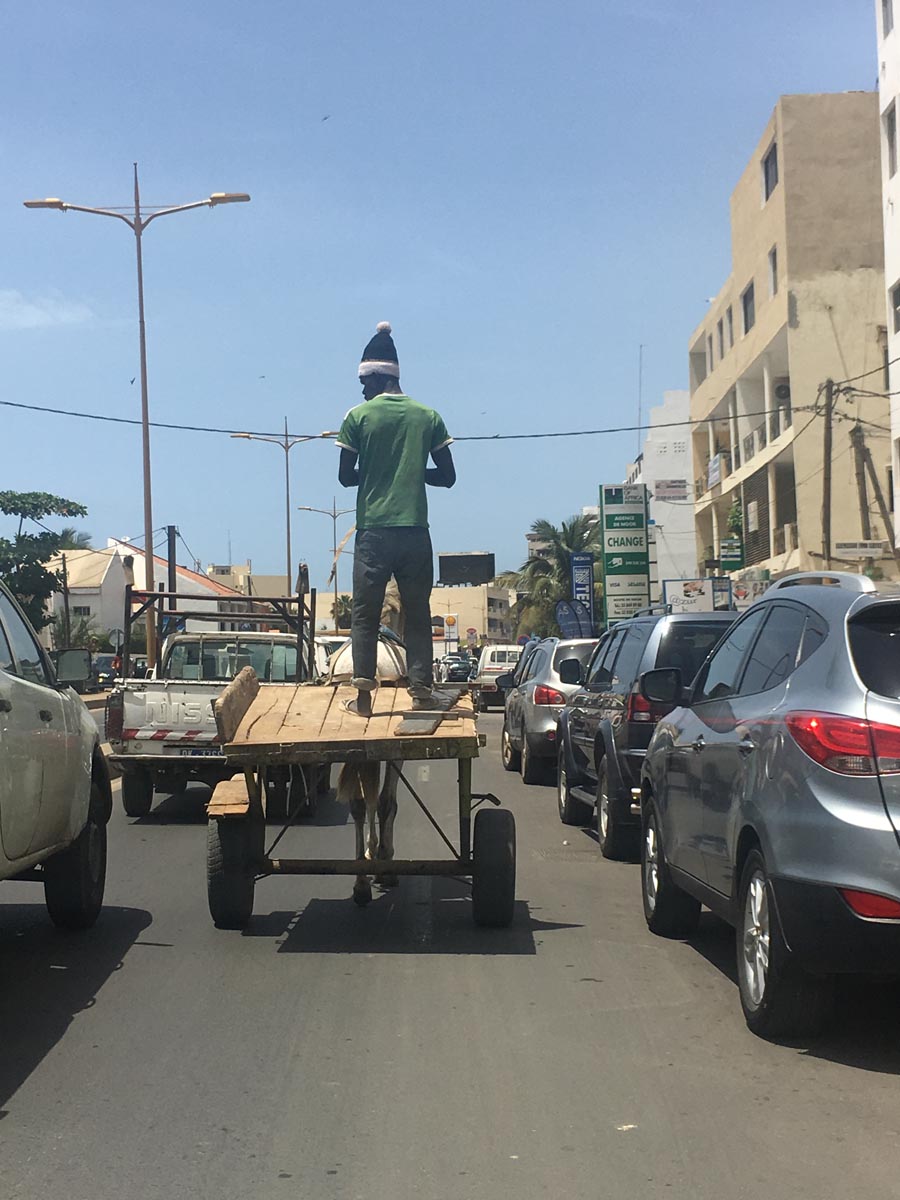
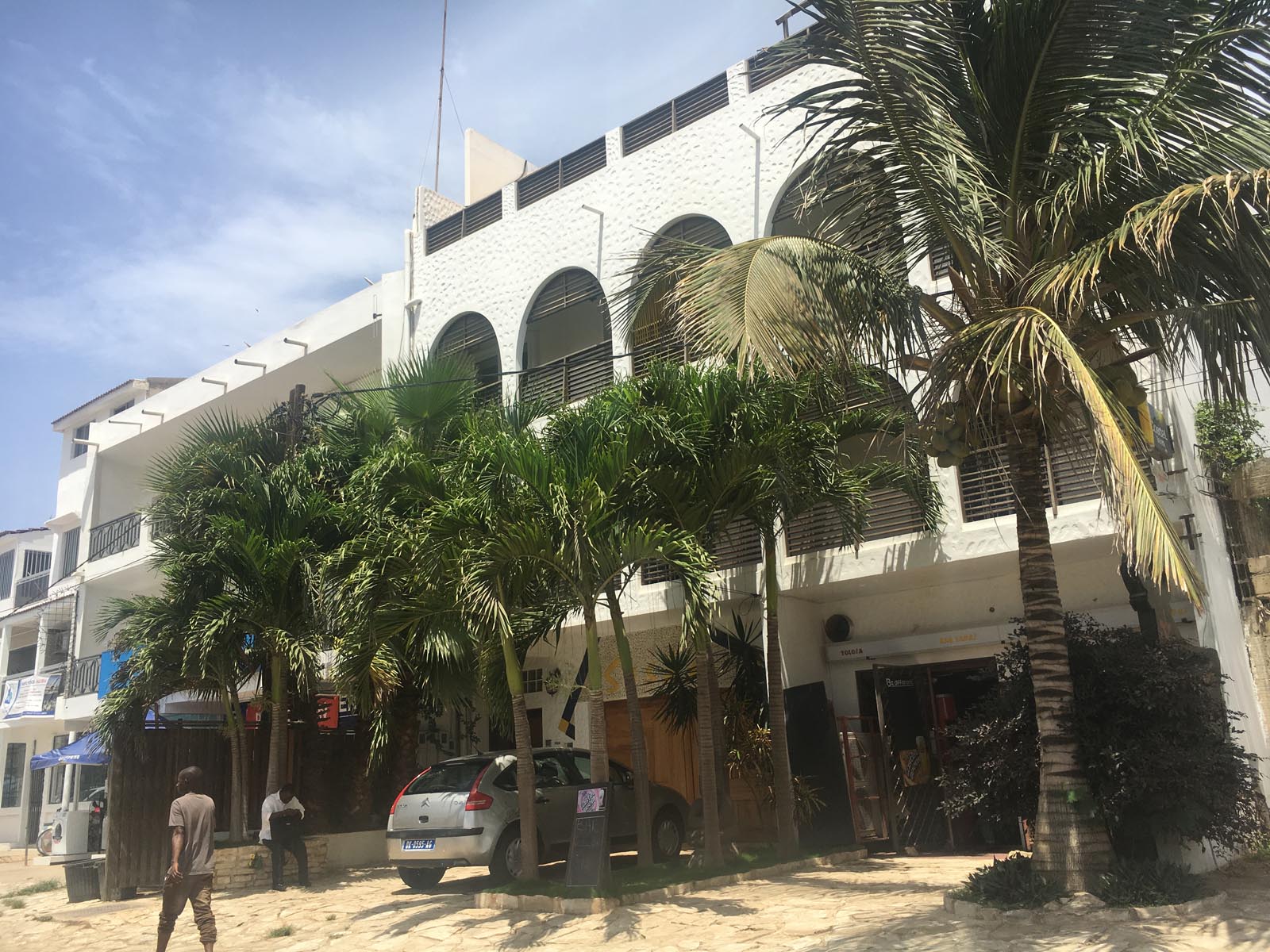
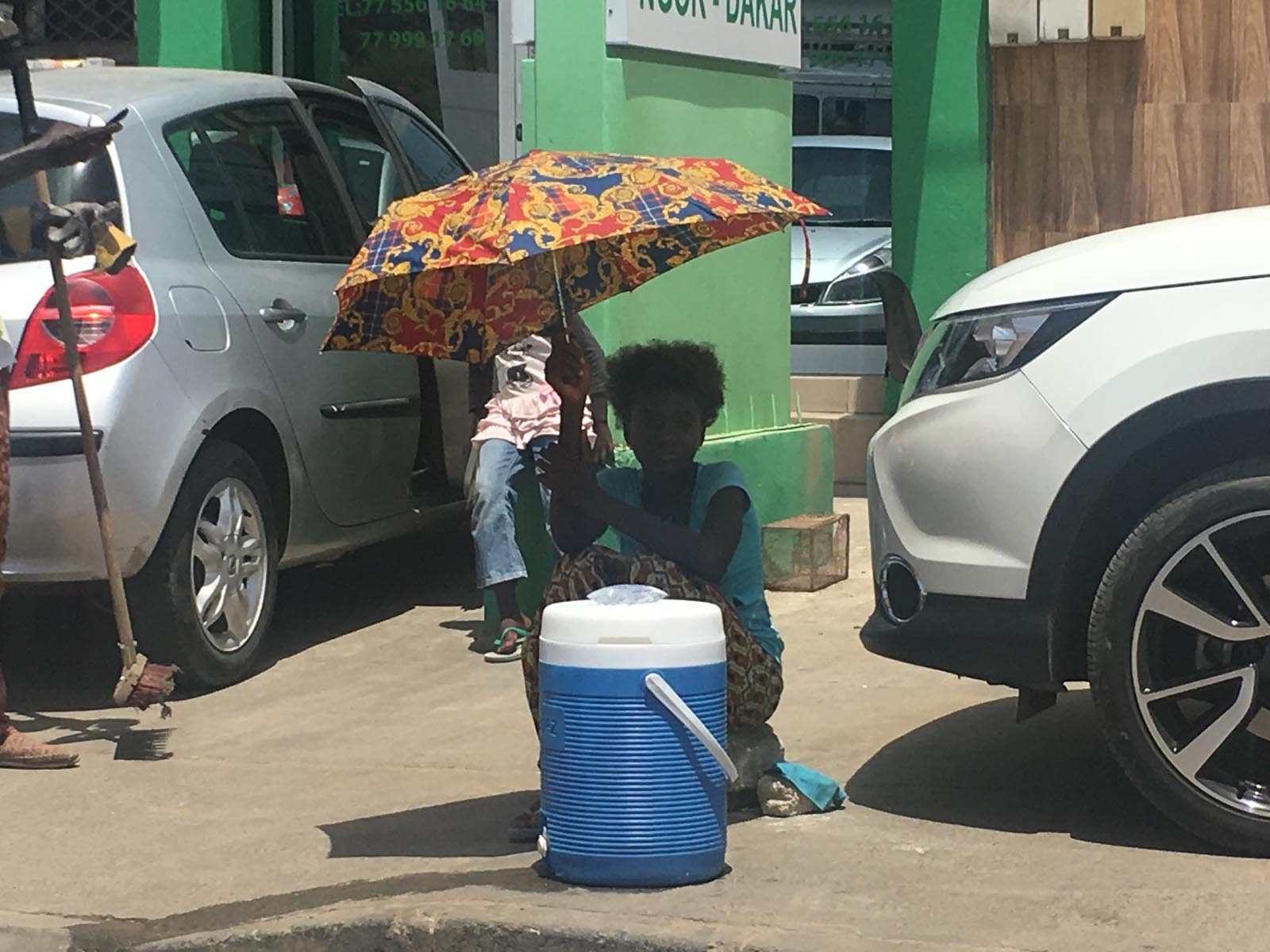
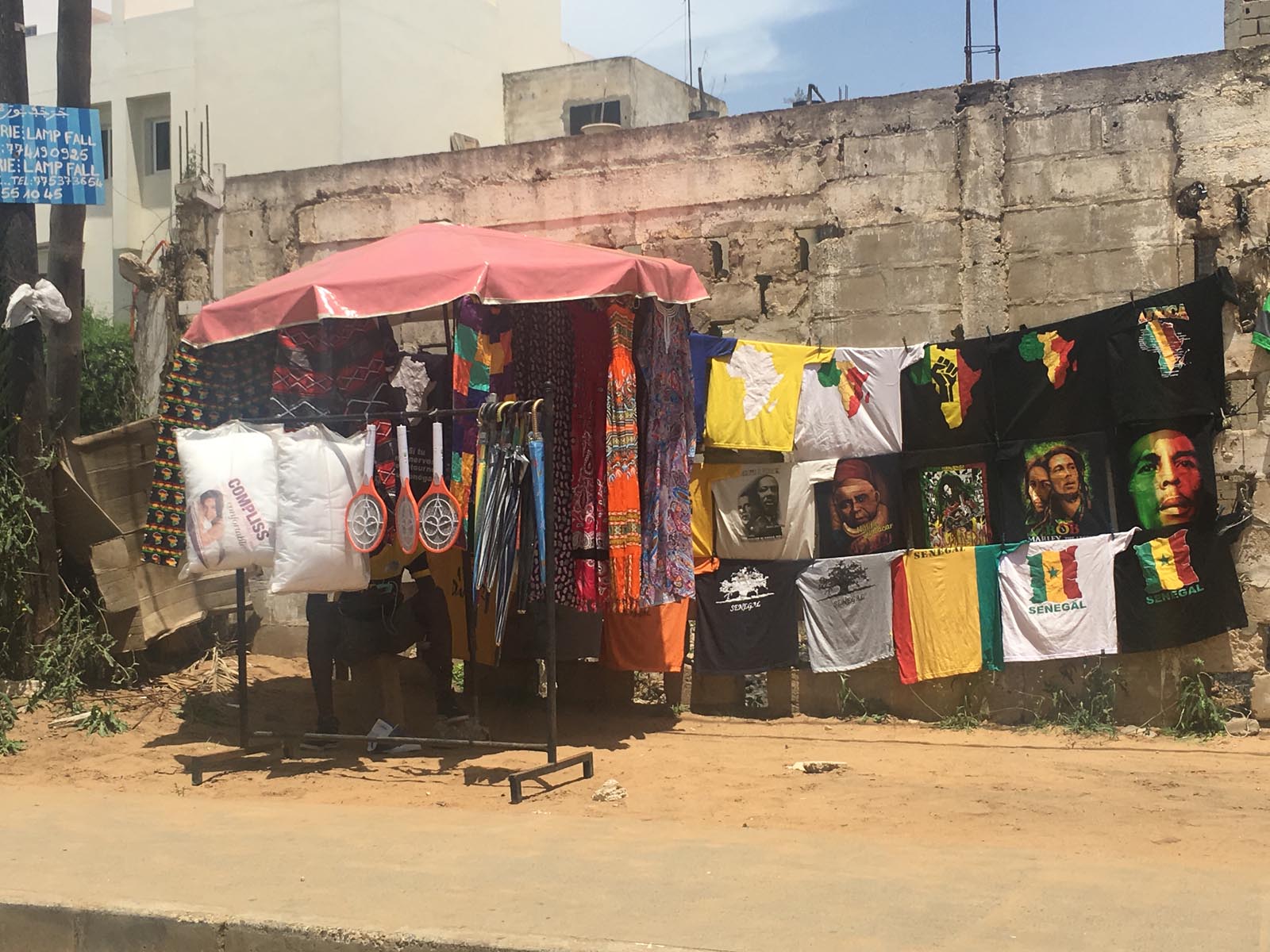

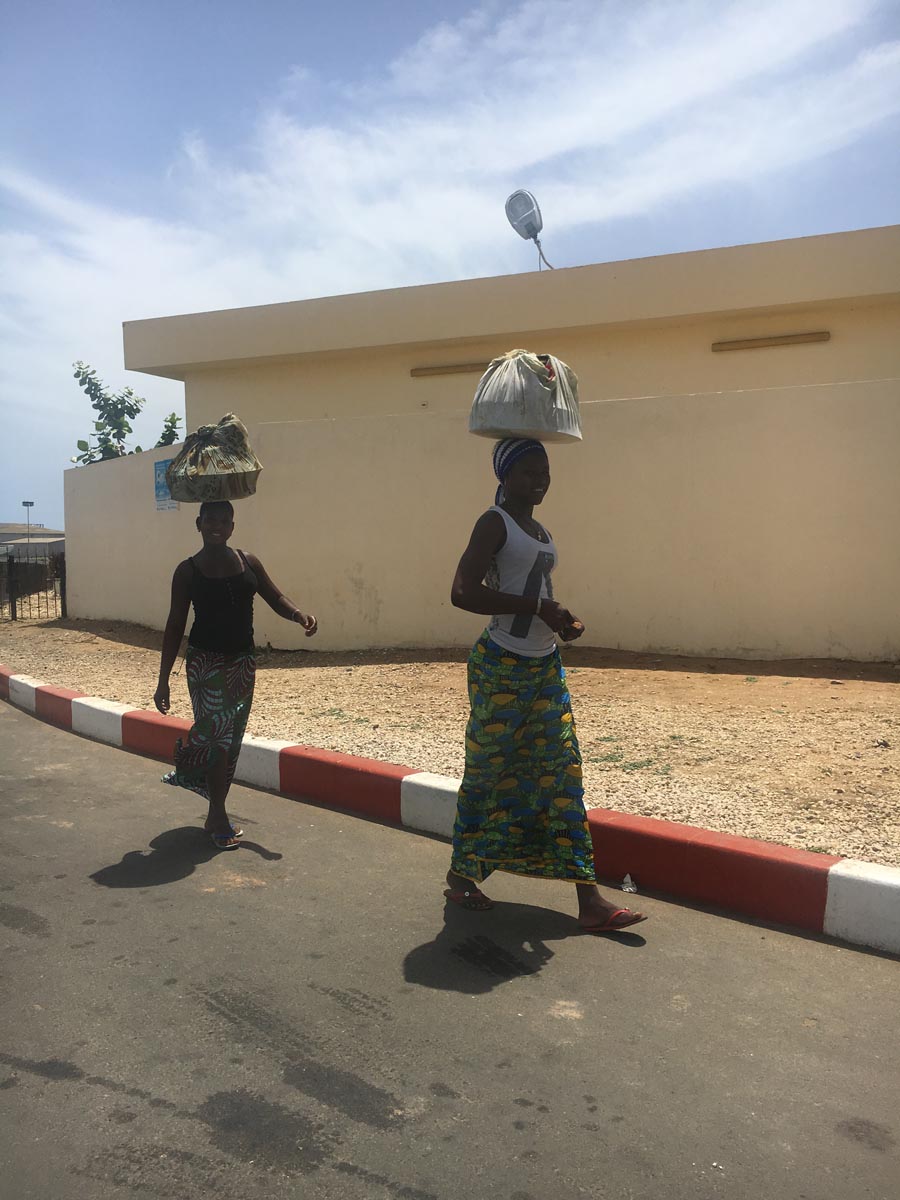

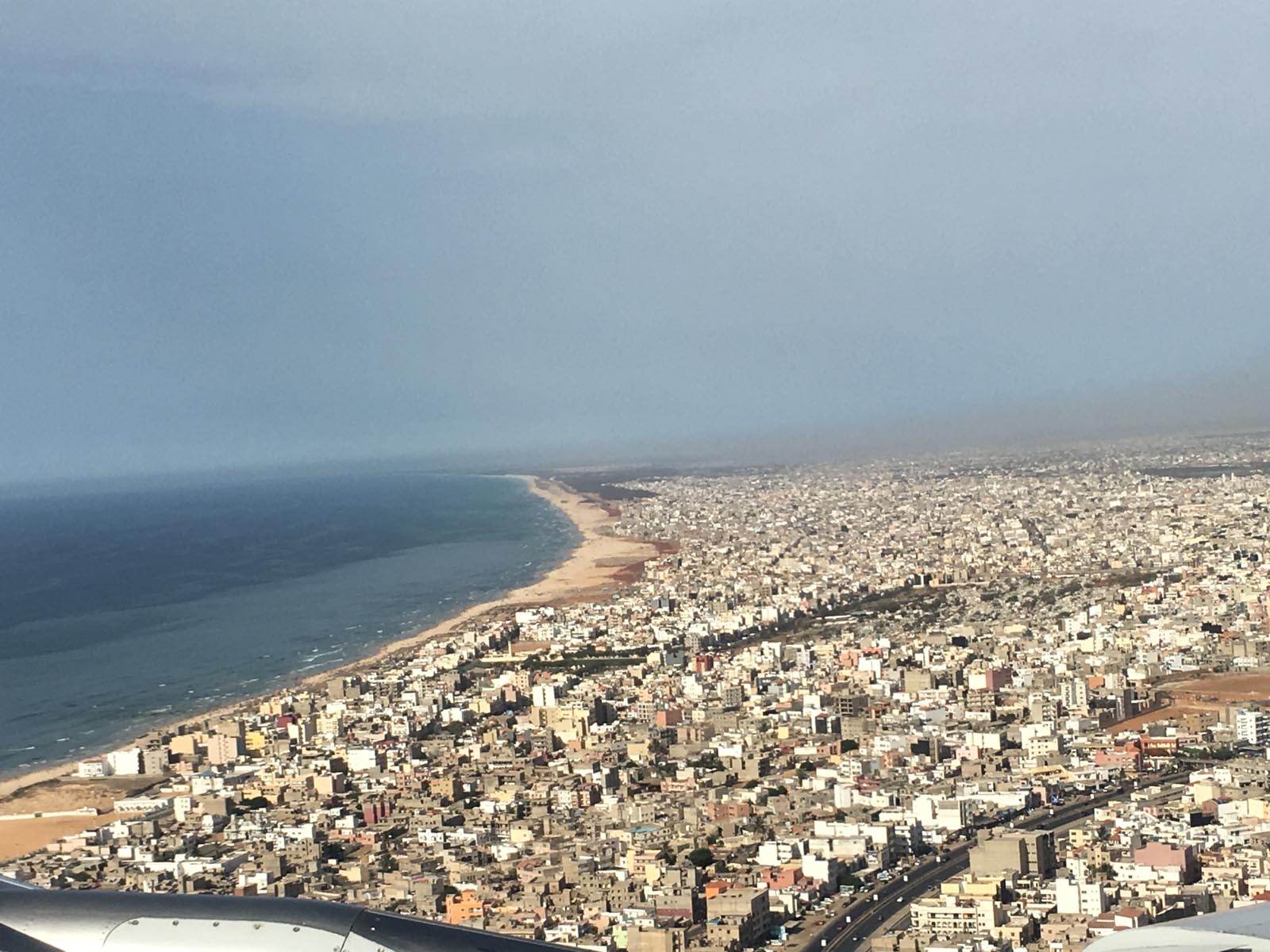
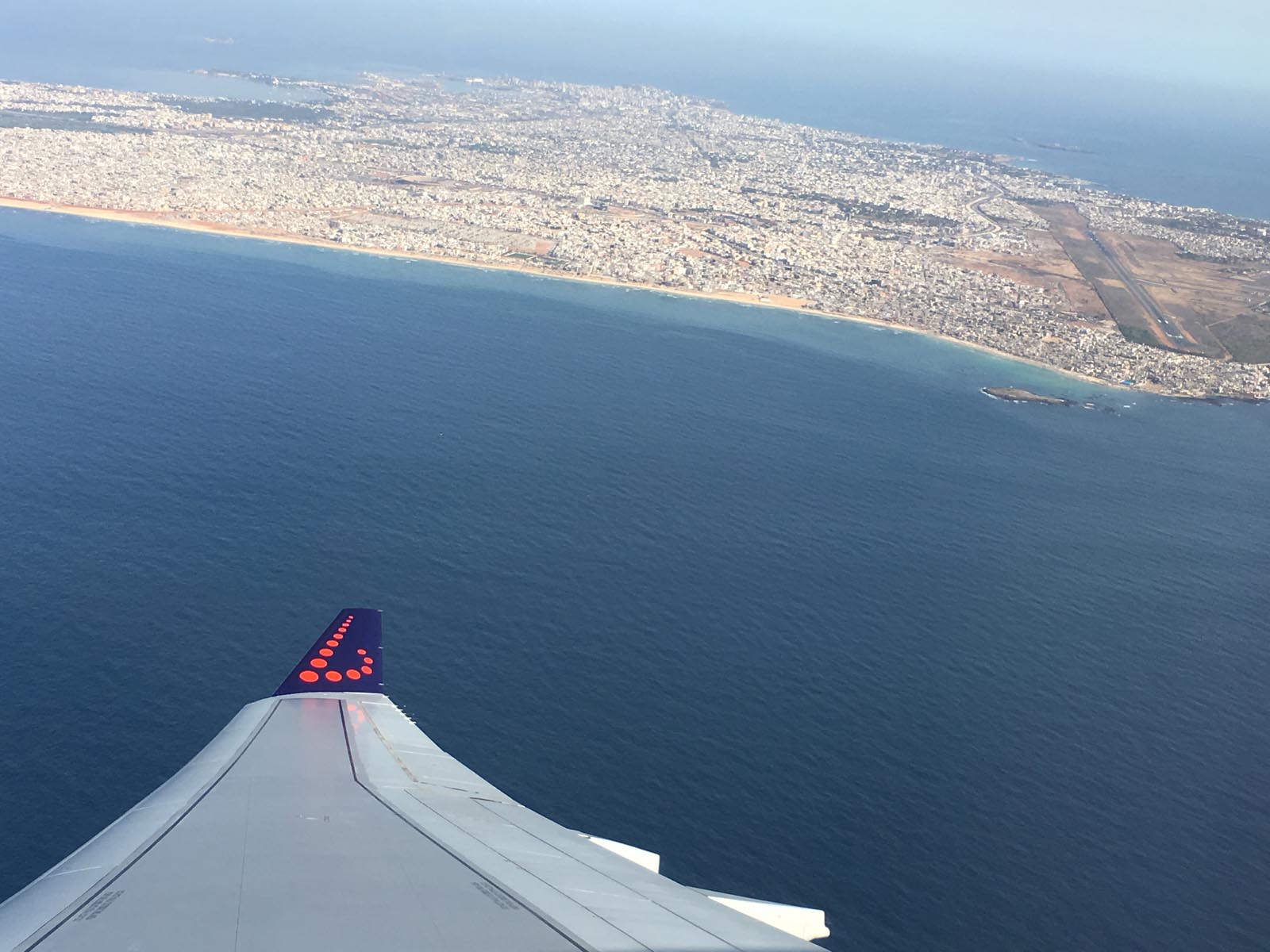

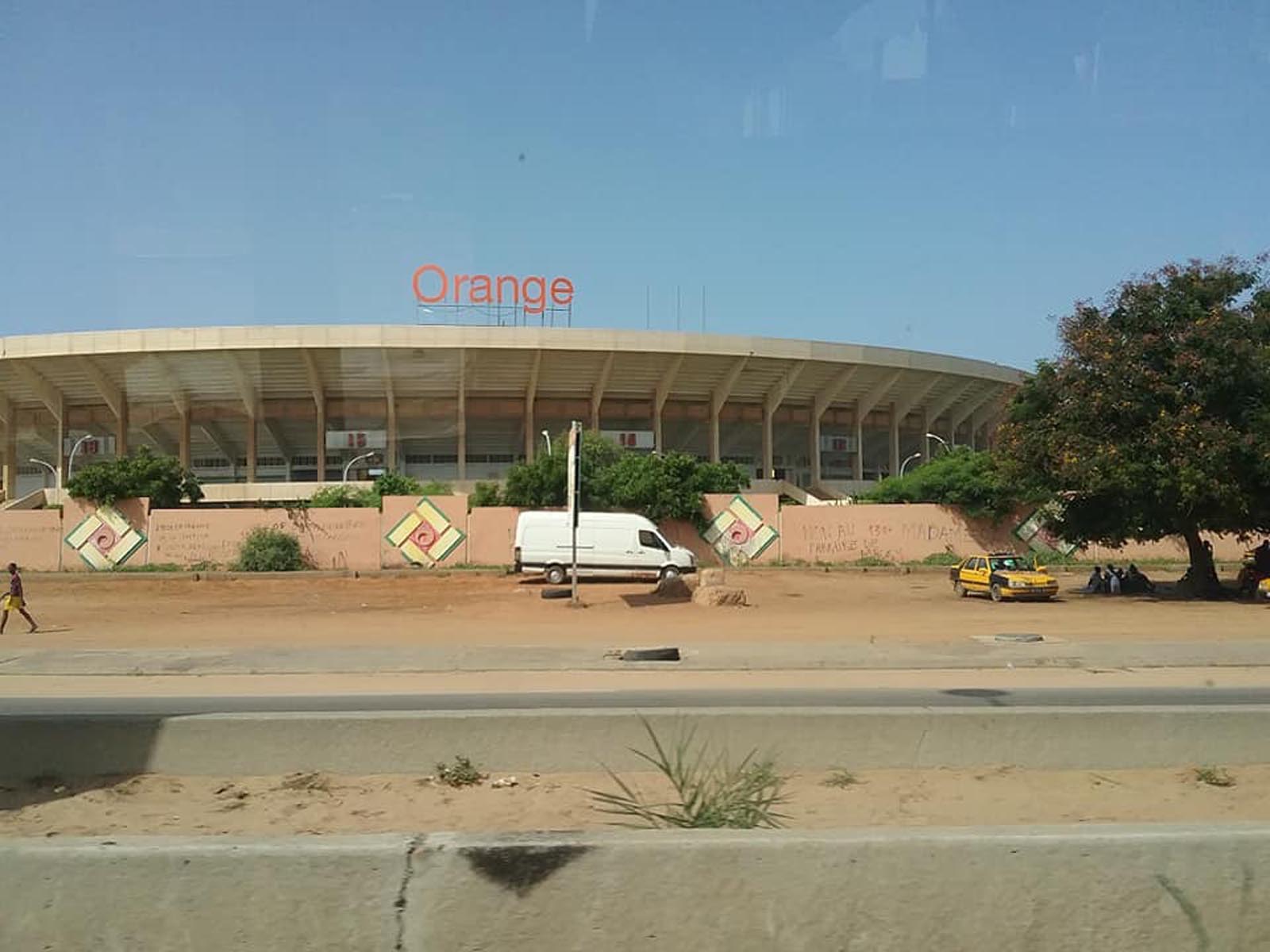

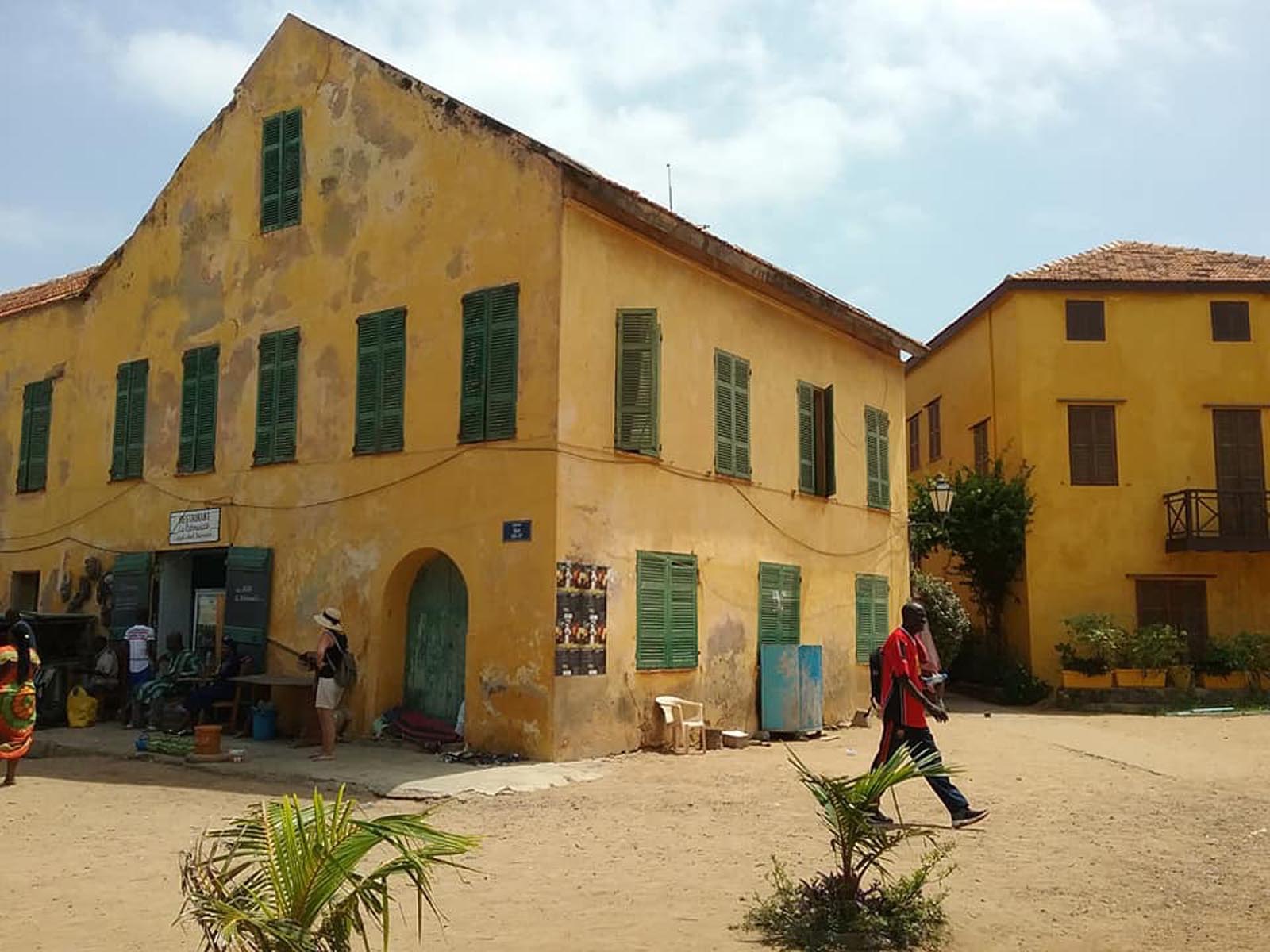
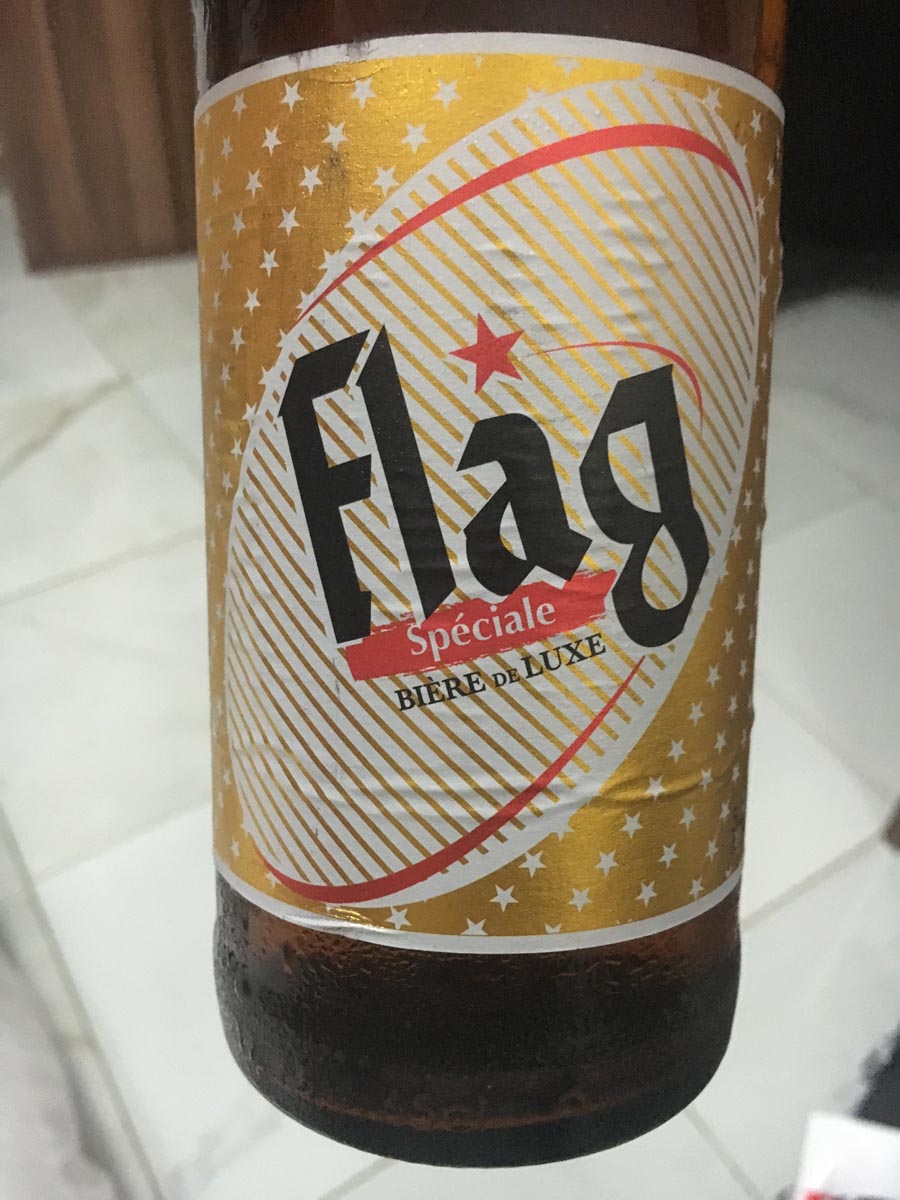
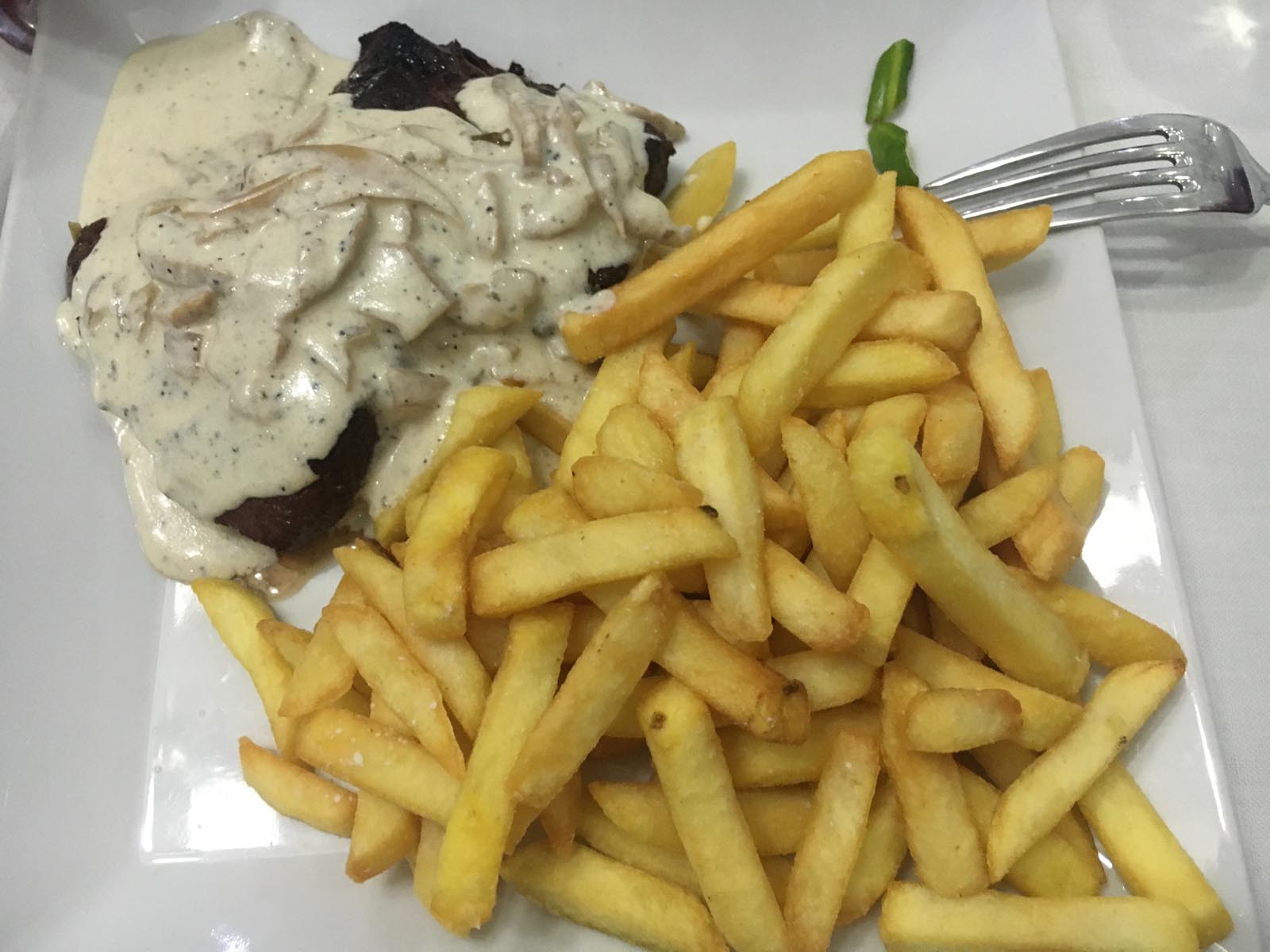
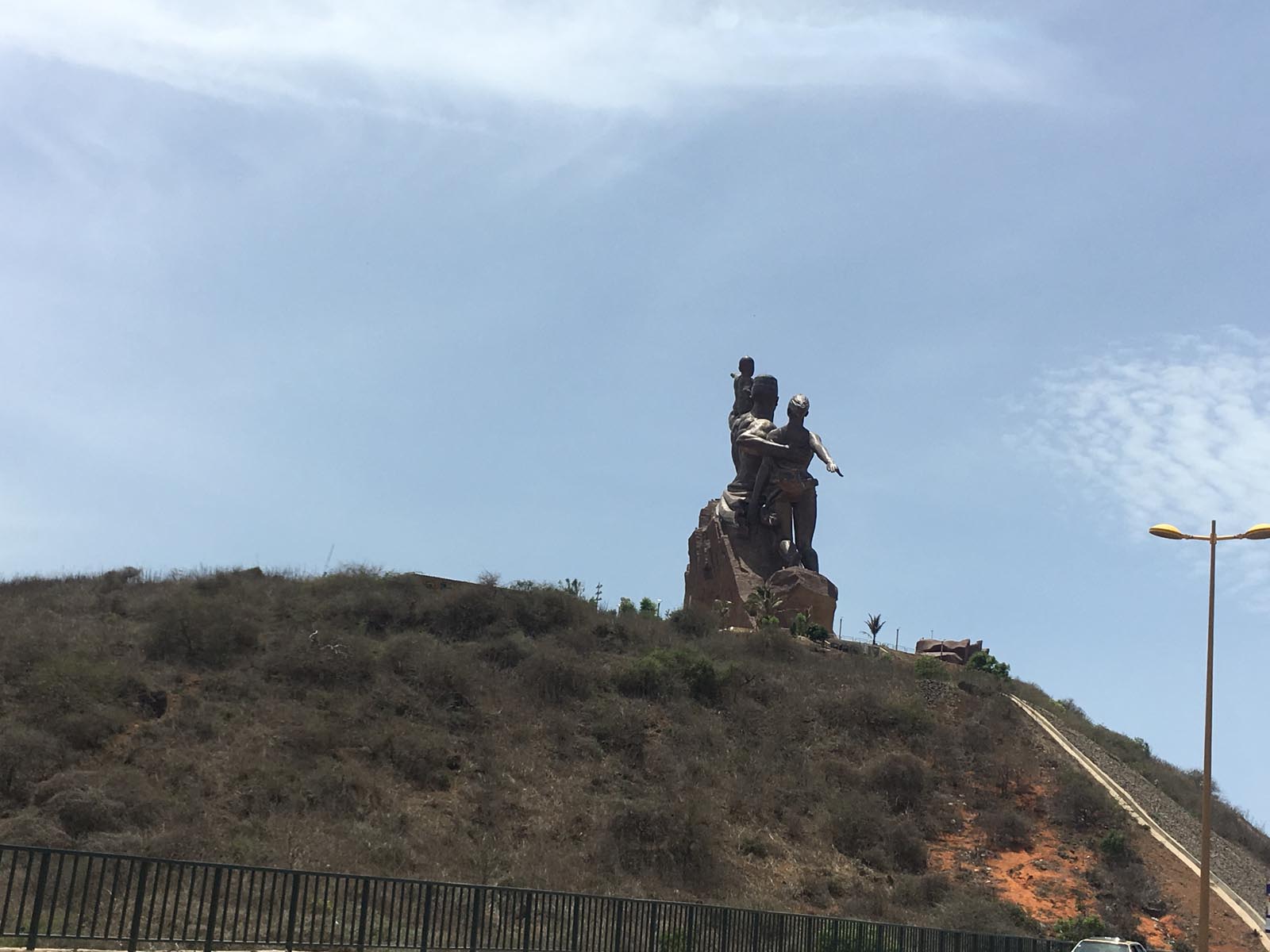
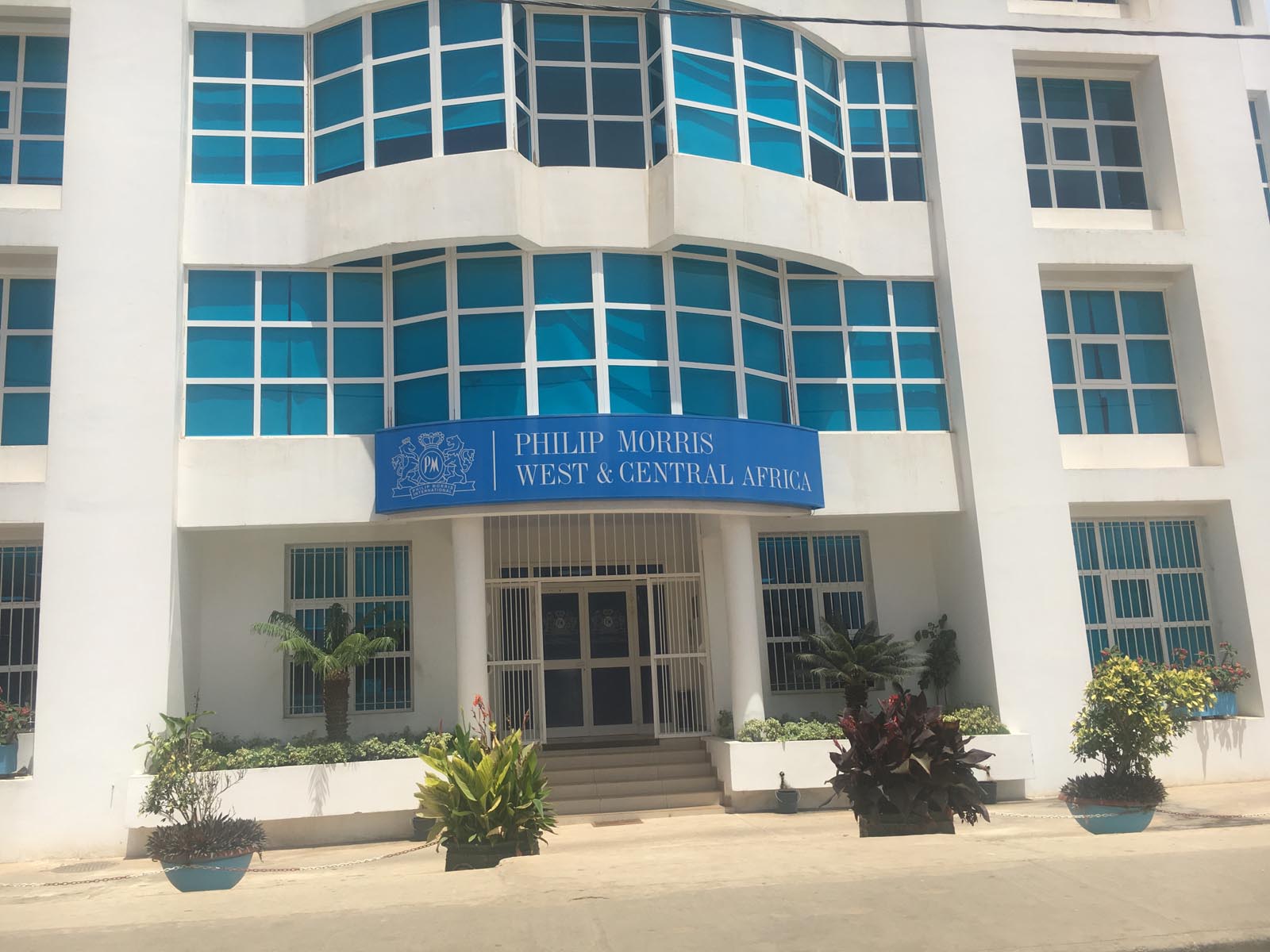
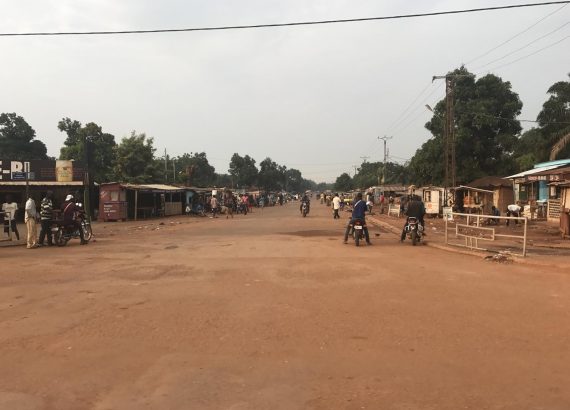
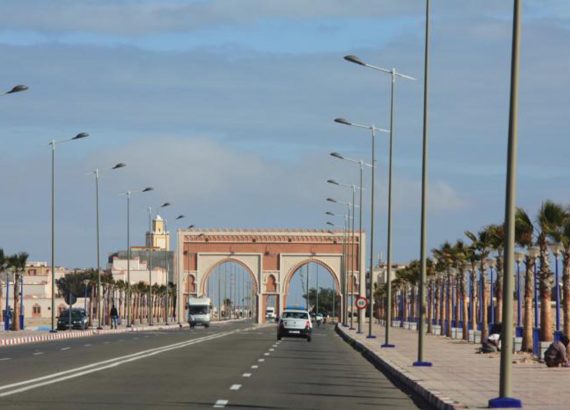
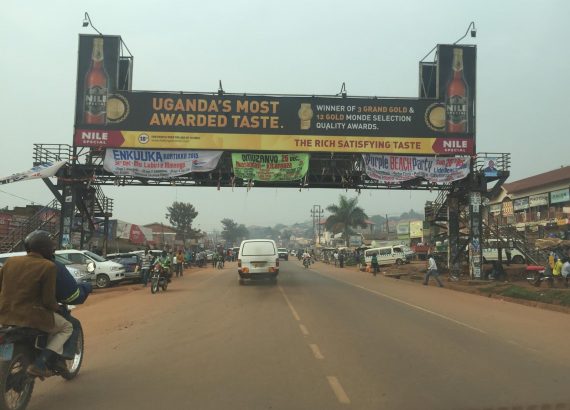
Muhammad luqman
How are you sir I go to your country please help me visa please accept my from